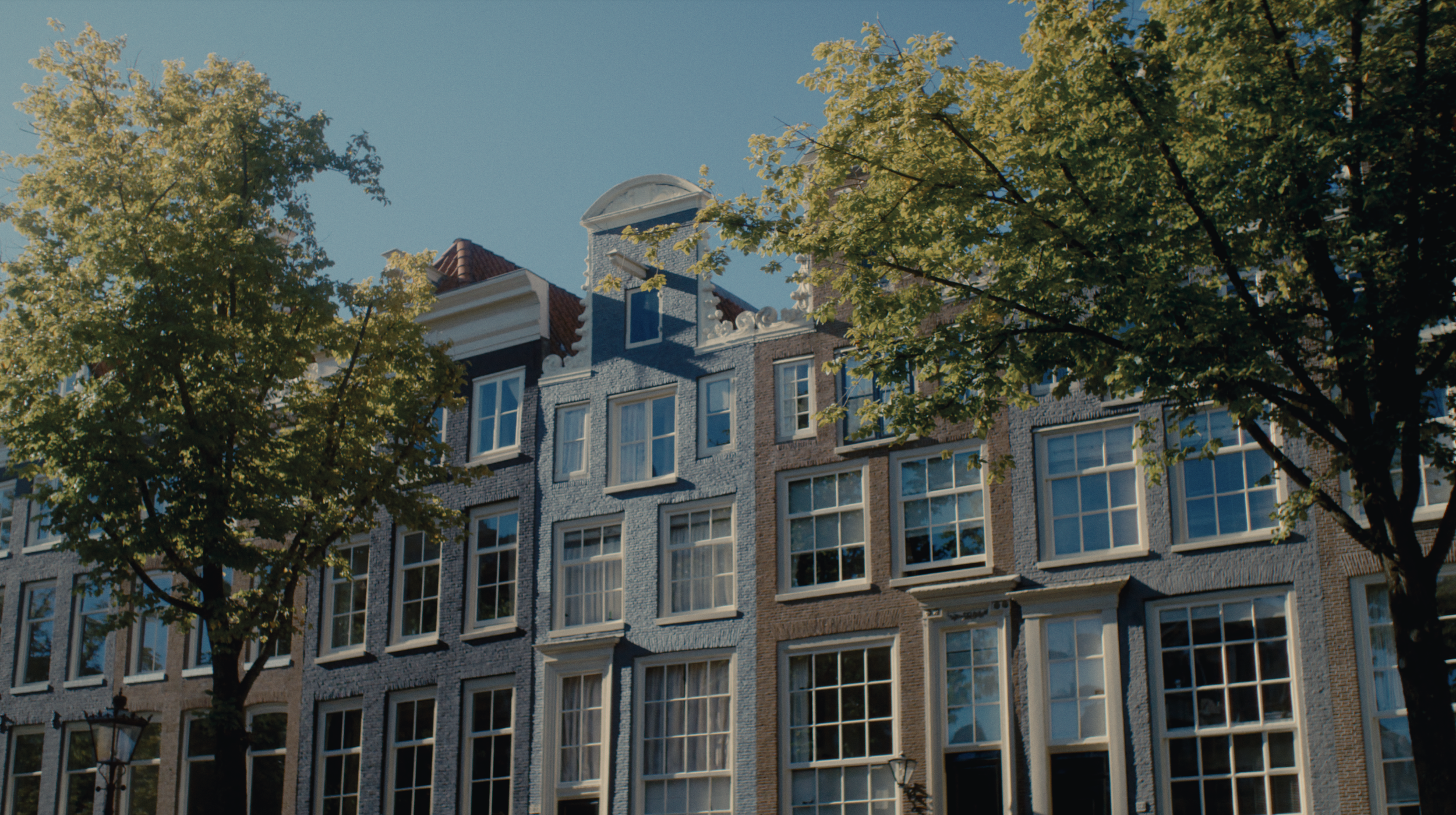The History And Culture Of The Amsterdam Canals
Travel through time along the iconic canals of Amsterdam, where every wave echoes centuries of captivating history and vibrant culture. We would like to share the history of the Amsterdam canals with you, tracing their evolution from just 17th-century engineering marvels to the pulsating arteries of contemporary Amsterdam today. Explore the canal belt’s UNESCO-listed heritage, uncovering stories of Dutch trade and innovation. From the Golden Age to modern-day life, immerse yourself in the cultural heart of this world-famous city, where the canals stand as a testament to Amsterdam’s spirit and the unique allure that makes it a timeless masterpiece.
The rich history of the Amsterdam canals
The Amsterdam canals in the 17th century – The Golden Age
Amsterdam’s canal system, often referred to as the Grachtengordel, was born during the city’s Golden Age in the 17th century. As trade flourished, the need for efficient transportation and expansion arose. Under the ambitious urban planning led by city engineer Jan van Campen, construction of the canals began.
Within the Amsterdam canals, you’ll be able to distinguish 4 main canals. These are the Singel, the Herengracht, the Keizersgracht and the Prinsengracht. The Singel was initially meant as a moat for defense, but later evolved into the first canal ring surrounded by gardens and warehouses. The Herengracht became an avenue for the elite, showcasing mansions and merchant homes. The Keizersgracht exuded grandeur with its stately buildings and tree-lined quays. The Prinsengracht, named after the Prince of Orange, offered a mix of residential and commercial spaces, embodying the city’s economic vitality.
The canals were the heart of Amsterdam’s economic prosperity. Warehouses stored goods like spices, textiles and commodities from the East and West Indies. Merchants built impressive homes alongside the canals, reflecting their affluence. These merchant houses served dual purposes, serving as both homes and places of business, illustrating the seamless integration of commerce and domestic life. The Golden Age saw the rise of Amsterdam as the wealthiest city in the world. The canals facilitated trade by connecting the city’s inland port to the North Sea, enabling Amsterdam to become a primary hub for global trade.
The Amsterdam canals in the 18th & 19th century – An Era of Transformation
The 18th century marked a period of further expansion and transformation for Amsterdam’s canals. The city’s urban growth led to the extension of the canal belt, with new districts and neighborhoods emerging. Canals were widened and new waterways were constructed to accommodate the growing population and industrial activities.
As the Industrial Revolution swept across Europe, Amsterdam’s canals experienced changes. Increased shipping traffic and industrialization brought challenges. Some canals were filled in to make way for roads and railways. Neglect and declining significance led to an initial decline in their condition.
In the late 19th century however, preservation movements arose, sparked by a growing awareness of the cultural and historical importance of the canals. Efforts were made to restore and protect these iconic waterways, recognizing their significance as architectural and cultural heritage.
The Amsterdam canals in the 20th century – Modernization and Preservation
The 20th century marked a significant shift in perspective towards Amsterdam’s canals. Efforts to preserve and protect these historic waterways gained momentum. In 2010, UNESCO designated the Amsterdam Canal Ring as a World Heritage Site, acknowledging its cultural and historical importance, ensuring its preservation for future generations.
Throughout the 20th century, the canals remained an integral part of Amsterdam’s identity. They transitioned from being purely functional waterways to becoming a prominent tourist attraction. Canal cruises became an essential Amsterdam experience, offering tourists a unique perspective of the city’s history and architecture.
In the 21st century, Amsterdam’s canals continue to captivate locals and tourist. Restoration projects, environmental initiatives and ongoing maintenance ensure the canals retain their historic charm, while meeting modern needs. Balancing heritage preservation with functionality, these waterways remain vibrant symbols of Amsterdam’s rich history and cultural legacy.
Amsterdam’s canals have experienced centuries of change, showing the city’s resilience and adaptability. From their inception during the Golden age to their recognition as a UNESCO World Heritage Site, these waterways stand as an enduring testament to Amsterdam’s past, present and future.
Explore Amsterdam’s canals with Boatique’s corporate boat leasing services
Are you curious about the world-famous Amsterdam canals and do you want to be able to visit some of Amsterdam’s best highlights by boat? Explore the luxurious corporate boat leasing services that boatique has to offer. Our aim is to provide the unmatched experience of having a company boat in Amsterdam while simultaneously eliminating the responsibilities and risks that come with owning a boat. With boatique’s boat leasing services, your company will gain access to a unique marketing opportunity that’s customizable for various professional engagements while always ensuring a luxurious execution.
When you choose for boatique’s corporate boat leasing services, we will make sure the boat matches the company. The company’s design and colors will be painted onto the vessel so it will always truly feel like your company’s very own boat.
For more insight into our boat leasing services, we invite you to contact us. Discover the numerous marketing opportunities that come with opting for a boatique lease boat.

